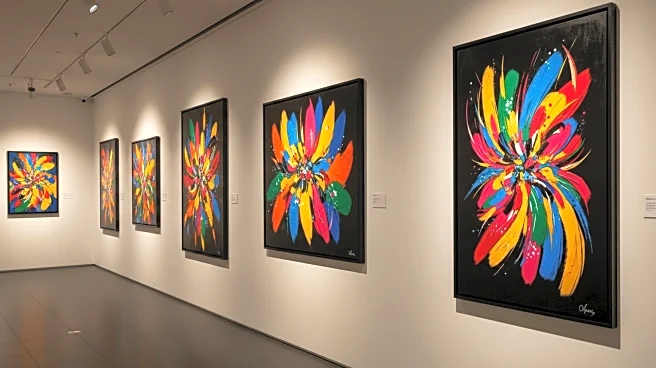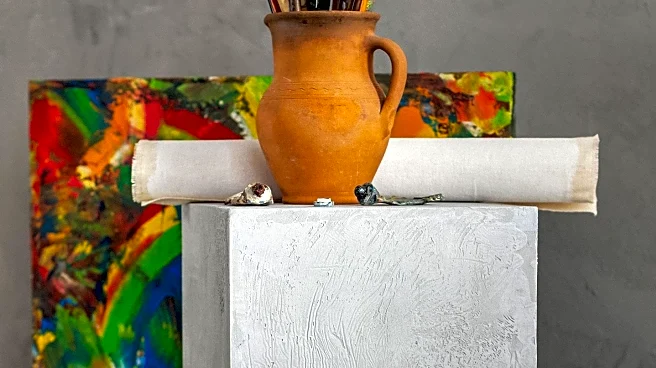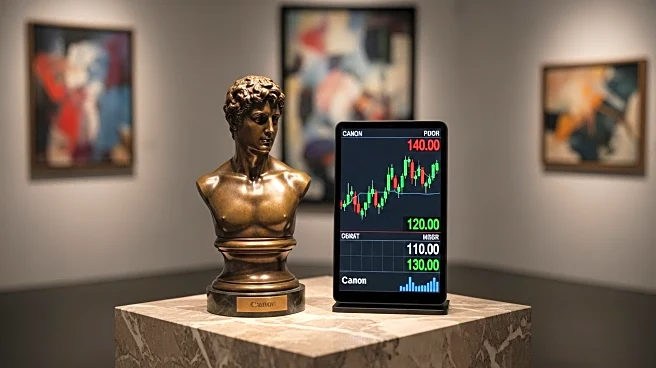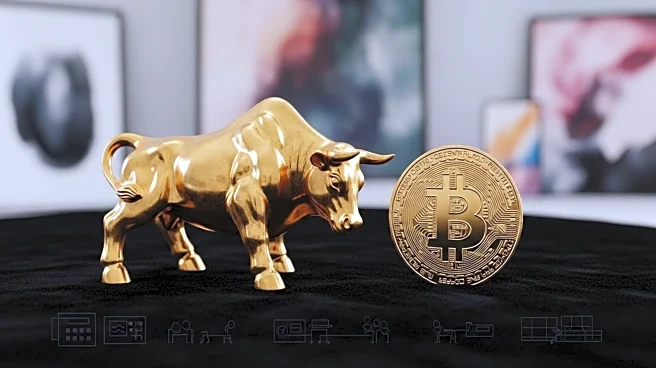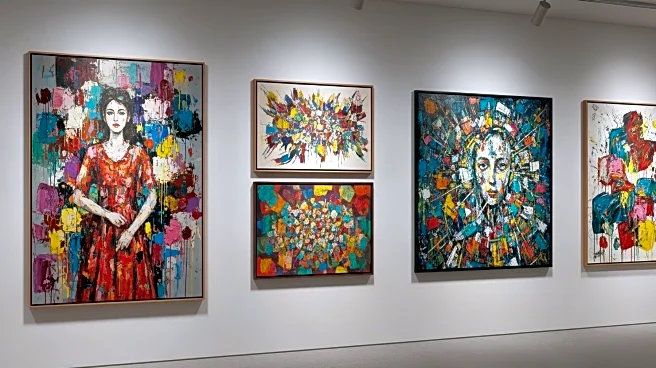What's Happening?
Christie's has announced the appointment of Max Carter as the chairman of 20th and 21st-century art for the Americas. Carter has been with Christie's since 2007 and previously led the Impressionist and Modern art department in the Americas from 2017 to 2022. This move is part of Christie's strategy to strengthen its leadership in the art market, particularly in the Americas. The appointment comes amid a series of high-profile auctions and exhibitions, including a Pablo Picasso portrait set to be auctioned in October and a major sale of works from the collection of Leonard Lauder, estimated at $400 million.
Why It's Important?
Max Carter's appointment is significant for Christie's as it aims to bolster its position in the competitive art market. His experience and leadership are expected to drive growth and innovation in the auction house's offerings, particularly in the Americas. This move could influence the dynamics of art sales and exhibitions, potentially attracting more high-value consignments and enhancing Christie's reputation as a leading auction house. The appointment also reflects the broader trends in the art industry, where expertise and strategic leadership are crucial for navigating market challenges and opportunities.
What's Next?
Christie's is likely to leverage Max Carter's expertise to expand its influence in the art market, particularly in the Americas. Upcoming auctions, including the sale of Leonard Lauder's collection, will test Carter's leadership and strategic vision. Stakeholders in the art industry, including collectors, artists, and galleries, will be watching closely to see how Christie's navigates these events under Carter's guidance. The success of these auctions could set the tone for future sales and exhibitions, impacting Christie's market share and reputation.
Beyond the Headlines
The appointment of Max Carter may also have implications for the art market's ethical and cultural dimensions. As Christie's strengthens its leadership, it could influence trends in art valuation, collection practices, and the representation of diverse artists. This shift might encourage more inclusive and innovative approaches to art curation and sales, reflecting broader societal changes in the appreciation and understanding of art.


